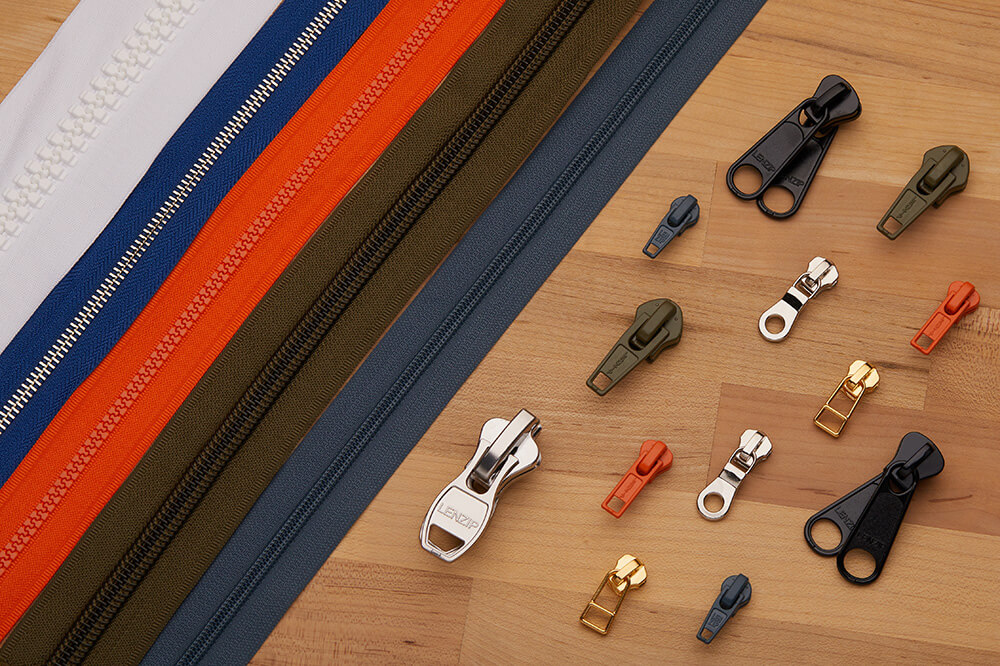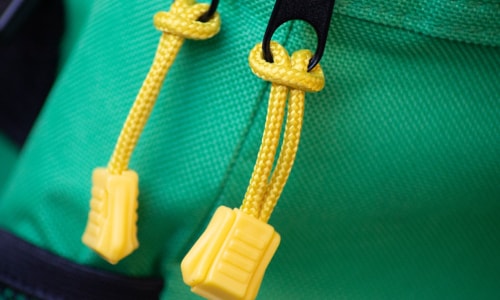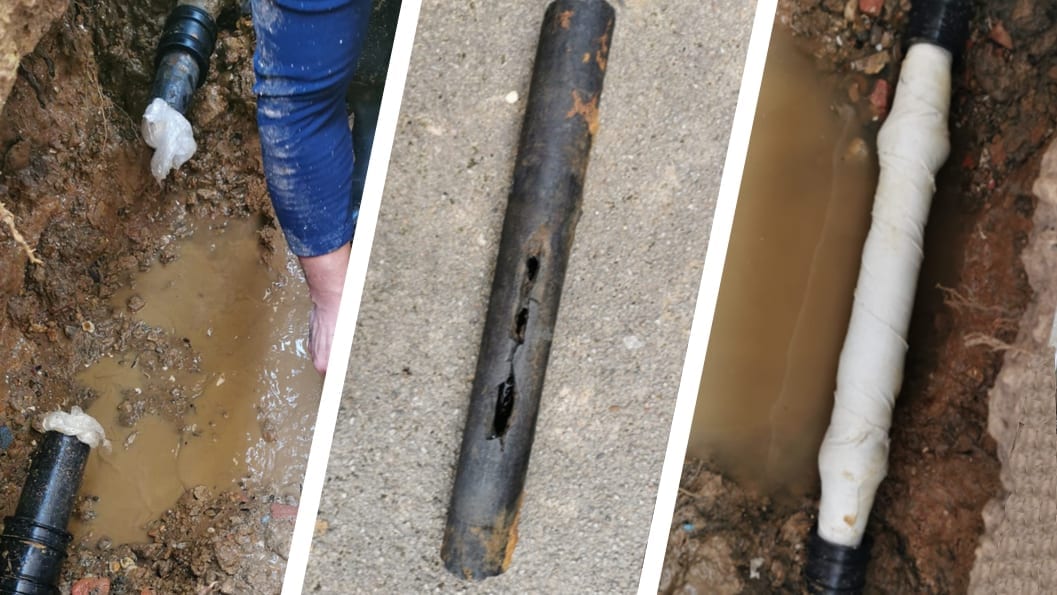Broken zipper sliders are a drag. Without the slider, a zipper will be rendered useless. This is why many people cannot help but look for zippers tabs – pulls replacement.
If you need to replace a zipper slider, it is important to ensure that you choose the right type of slider that corresponds with your zipper tape’s teeth. The slider must match the zipper teeth in terms of type and size.
Check the Labels on the Slider
Zipper sliders are all labeled with their type or size above the zipper slider itself. The markings are sometimes difficult to see, so you might want to use a magnifying glass to make things a bit easier.
You may be able to see a number on top of an initial on the tiny piece on the uppermost part of the zipper. This number indicates the size of the zipper while the initial refers to the type of zipper tape that the slider works on.
A VISLON zipper, on the other hand, maybe marked with a “VS” or “V” and a Coil with a “CN.” However, #4.5 zippers are a bit different since these are only appropriate for coil zippers, so there won’t have an initial on top, only the numbers 4 and 5.
The metal zipper sliders are easier to determine due to their appearance, but there is a need to match the size of the replacement slider to the metal zipper chain with the use of the same method stated earlier.
Determine Your Zipper Type
When the zipper doesn’t have markings at all, you will then have to determine what type and size of zipper you have by checking the zipper tape. You should begin with the size. To determine the size of the zipper, measure the zipper teeth’s width in millimeters when they are closed if possible.

This measurement might not precisely line up with a zipper size since the actual size of the zipper tape may vary. However, it should somewhat correlate.
After that, make sure you check the teeth on the zipper. VISLON zippers are made from molded plastic with the teeth distinct and flat. A coil zipper, while it is made of plastic, features smaller teeth that resemble a continuous coil. Metal teeth zippers are common and renowned in the garment industry.
Non-Locking vs. Locking Slider
When you are shopping for zipper sliders, you will also discover that they are labeled as non-locking and locking. Locking zippers feature a small mechanism inside that stops the slider from moving except when the tab of the slider is pulled. You can see such a mechanism engage within the zipper while moving the pull tab. A non-locking slider moves if any portion of the zipper slider has been pulled or even with the teeth pulled apart.
If you are satisfied with your existing zipper’s function, you can use a similar slider locking style again. However, provided that you choose the same type and size of the slider, the non-locking vs. locking choice is up to your personal preference. So even if the original slider was locking, this can be replaced with a non-locking slider so long as the other parts of the slider are the same as those of the original.




